Arctic Indigenous Peoples’ languages
This text was produced for the Ságastallamin - Telling the Story of Arctic Indigenous Languages exhibition in 2019. Read more about the Ságastallamin exhibition.
Photo of landscape in Greenland: Lawrence Hislop/GRID-Arendal
There is a great diversity of Arctic Indigenous Peoples’ languages, but historical and present-day marginalization has threatened many languages’ vitality. Today, Indigenous Peoples around the circumpolar Arctic are working to teach and revitalize their languages.
Indigenous Peoples have lived in the Arctic since time immemorial. Over millennia, they have developed their languages – critical sources of knowledge – and used them to support prosperous northern livelihoods. Indigenous Peoples’ languages are essential to their cultural identities and worldviews.
Arctic Indigenous languages exist in diverse political and cultural environments in what is now Canada, Denmark, Finland, Norway, Russia, Sweden and the United States. Some Arctic Peoples have been divided across national borders, and all experienced assimilation policies. Speaking Indigenous languages was forbidden during most countries’ colonial eras. Education and public services were only offered in the official state language, and children were taken to residential schools away from their families, culture and environment. Many people experienced lifelong trauma, rejected their mother tongue later in life and – to save their children from shame and oppression – did not pass it on to future generations.
Between forty and ninety Indigenous languages are spoken in the Arctic, depending on the methods used to classify languages and dialects. Arctic Indigenous languages belong to five main families: Inuit-Yupik-Unangax (or Eskaleut), Na’Dene (or Athabaskan), Uralic, Paleo-Asian and Altaic. The Ket, Nivkh, Tsimshianic, Haida, and Yukagir languages spoken in the region can be classified as language isolates.
Today there are approximately 4 million people in the circumpolar Arctic, of which 10% are Indigenous. Indigenous languages must compete for young people’s attention with majority languages on the internet, in movies, and other mainstream media. Urbanization also plays a part in weakening intergenerational transmission of Indigenous languages since youth move to cities and elders remain in rural areas. Moreover, there are still very few options to receive education in one’s own language across the circumpolar Arctic.
However, there is a growing movement to take pride in Indigenous languages. The goal of this exhibition is to showcase Arctic Indigenous Peoples’ unique and clever initiatives to revive their languages and pass them on to future generations.

